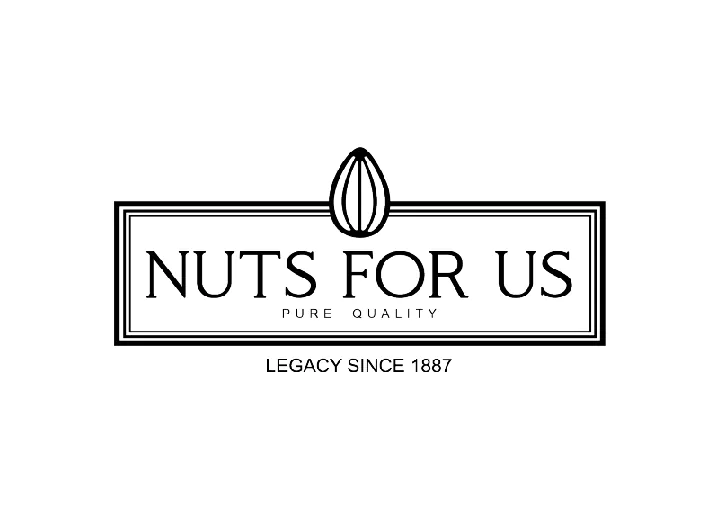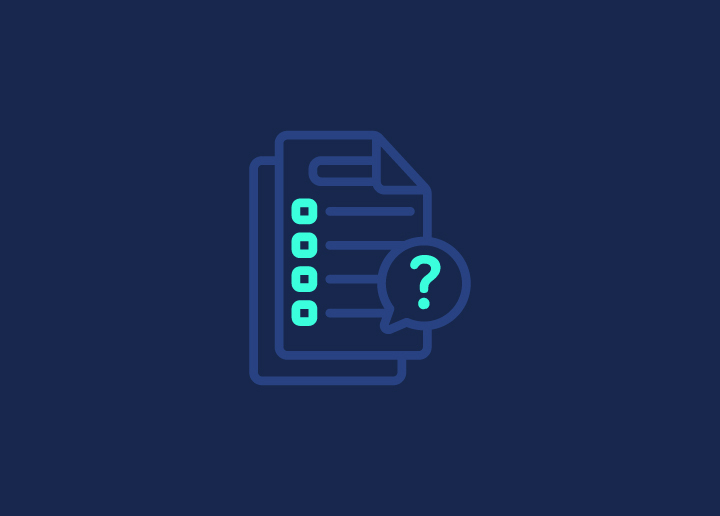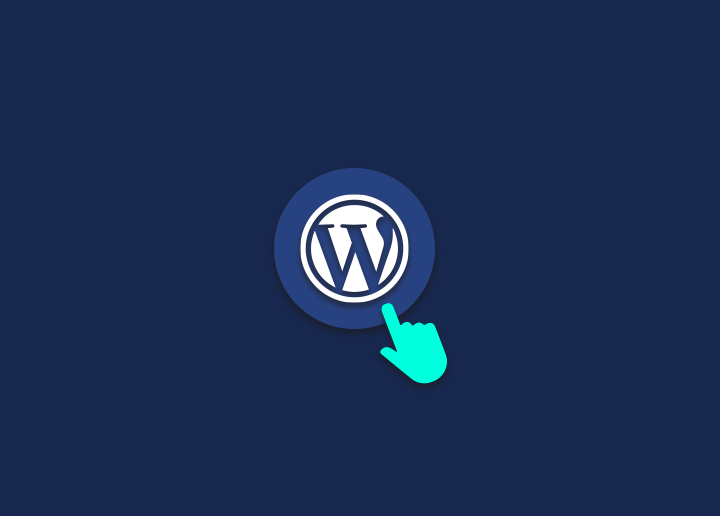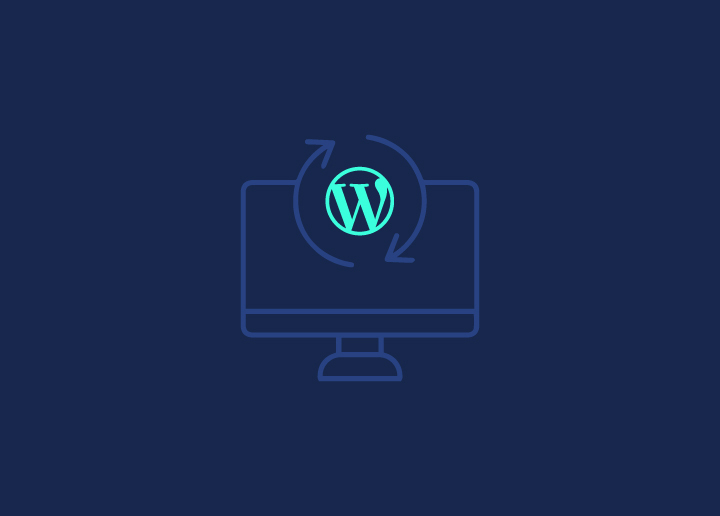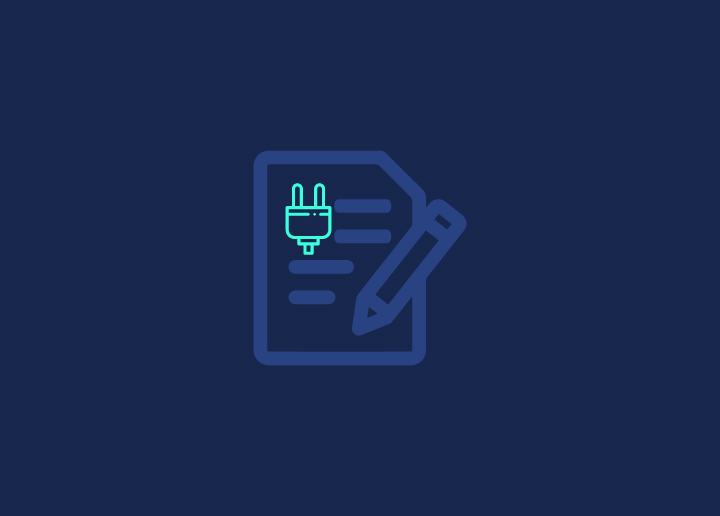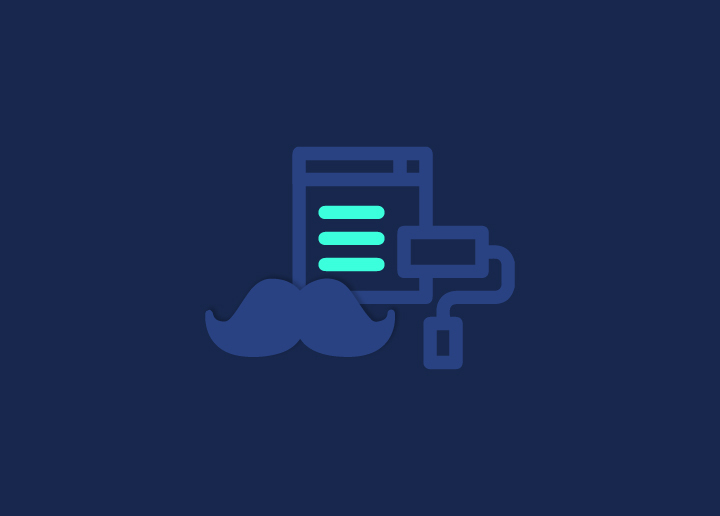One of the two sorts of Hooks is Action. They let you perform a function at a precise point in the WordPress Core, extensions, and theme implementation. The calling Action hook receives nothing from call-back procedures for an Action. They are the polar opposite of Filters.
We don’t recommend changing any WordPress files if you’re a newbie. This should only be attempted by experienced users who are comfortable altering the functions.php file and getting some understanding of PHP. Beginners should either utilize a plugin to complete the work or seek expert assistance in editing the code.
We suggest backing up your WordPress site before making any changes to the code.
The fundamentals
WordPress and the theme work together to output text, graphics, stylesheets, and other files, and a WordPress page comprises many functions and database queries. All of them are interpreted by the browser and combined into a single web page.
WordPress has “hooks” throughout its code so that users may “hang” their code on them. Many of the code snippets in the Customize theme are written in PHP.
Hooks are divided into two categories: actions and filters.
Actions enable you to add more functionality to a page at a specified point in its processing—for example, you could wish to add extra widgets or menus to your page or a promotional message.
Filters enable you to intervene in the processing of data and alter it.
Adding a Command
There are two phases in the process of adding an action:
Create a function that will be called when a specific event occurs.
Construct a call-back function first. This function will be executed when the action to which it is linked is executed.
The call-back function should be prefixed and placed in functions.php or another callable location, just like any other function. The action determines the arguments you should accept you’re hooking up to; most hooks are clearly defined, so check the hooks documentation to see what variables your action will provide to your function.
Assign your call-back function (hook).
Second, make sure your call-back method is included in the action. This is referred to as hooking & after the action is run, it tells the action to invoke your call-back function.
Actions are additional bits of code that could add more functionality to a page’s processing at a given moment. For example, you could wish to add an extra widget or a marketing message to your page.
Plugins and themes can employ both actions and filters. In WordPress, activities allow you to output content almost anywhere in your theme. There is a bare hook that will accomplish precisely what you want. In their Plugin API/Action Reference, WordPress provides a list of actions.
If you don’t already have a backup plugin, check out our comparison of the top WordPress backup plugins.
If you are interested in knowing more about Action in WordPress, head to Seahawk Media, which provides the best information.







